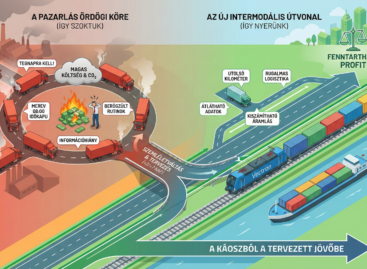Cosmetics industry reimagines packaging for sustainability reasons
Cosmetic packaging is experiencing a shift toward more interactive and environmentally sustainable packaging solutions amid increasingly stringent legislative and consumer pressure. PackagingInsights explores the latest trends in cosmetics packaging with experts from L’Oréal, The Estée Lauder Companies (ELC), Johnson & Johnson Consumer Health and Kao.

Cosmetic brands are increasingly launching beauty products using recycled and recyclable materials
L’Oréal is one company driving the development of a more circular economy for cosmetics packaging in a bid to reduce waste and overcome depleting natural resources. Here, Erik Troost, corporate communication and engagement director at L’Oréal Benelux, says communication technologies can play a vital role.
“QR codes offer more transparency when it comes to materials and ingredients but are also effective for improving recyclability and education,” he explains.
Meanwhile, brands are increasingly launching beauty products using recycled and recyclable materials and redesigning packaging to lower material impact and emissions footprint.
“Another major development comes from the increased number of refillable product options. Also, more solid formats are being launched with a lower impact on packaging material,” adds Troost. Rigid packaging is typically recycled at higher rates than flexible alternatives.
Natalie Schwertheim / Packaging Insights
Related news
What are you eating today? – Focus on food packaging
🎧 Hallgasd a cikket: Lejátszás Szünet Folytatás Leállítás Nyelv: Auto…
Read more >Allee’s operations are exemplary in terms of sustainability at a global level
🎧 Hallgasd a cikket: Lejátszás Szünet Folytatás Leállítás Nyelv: Auto…
Read more >The most expensive mistake in logistics is the “it’s the way we used to do it” mentality
🎧 Hallgasd a cikket: Lejátszás Szünet Folytatás Leállítás Nyelv: Auto…
Read more >Related news
László Pekó: “Coop isn’t just a network, it is a way of life – and has been for 30 years”
🎧 Hallgasd a cikket: Lejátszás Szünet Folytatás Leállítás Nyelv: Auto…
Read more >The Hortobágy fish farm delivers one hundred tons of fish to stores every day
🎧 Hallgasd a cikket: Lejátszás Szünet Folytatás Leállítás Nyelv: Auto…
Read more >Winners of the 2025 Retailer of the Year award announced
🎧 Hallgasd a cikket: Lejátszás Szünet Folytatás Leállítás Nyelv: Auto…
Read more >






